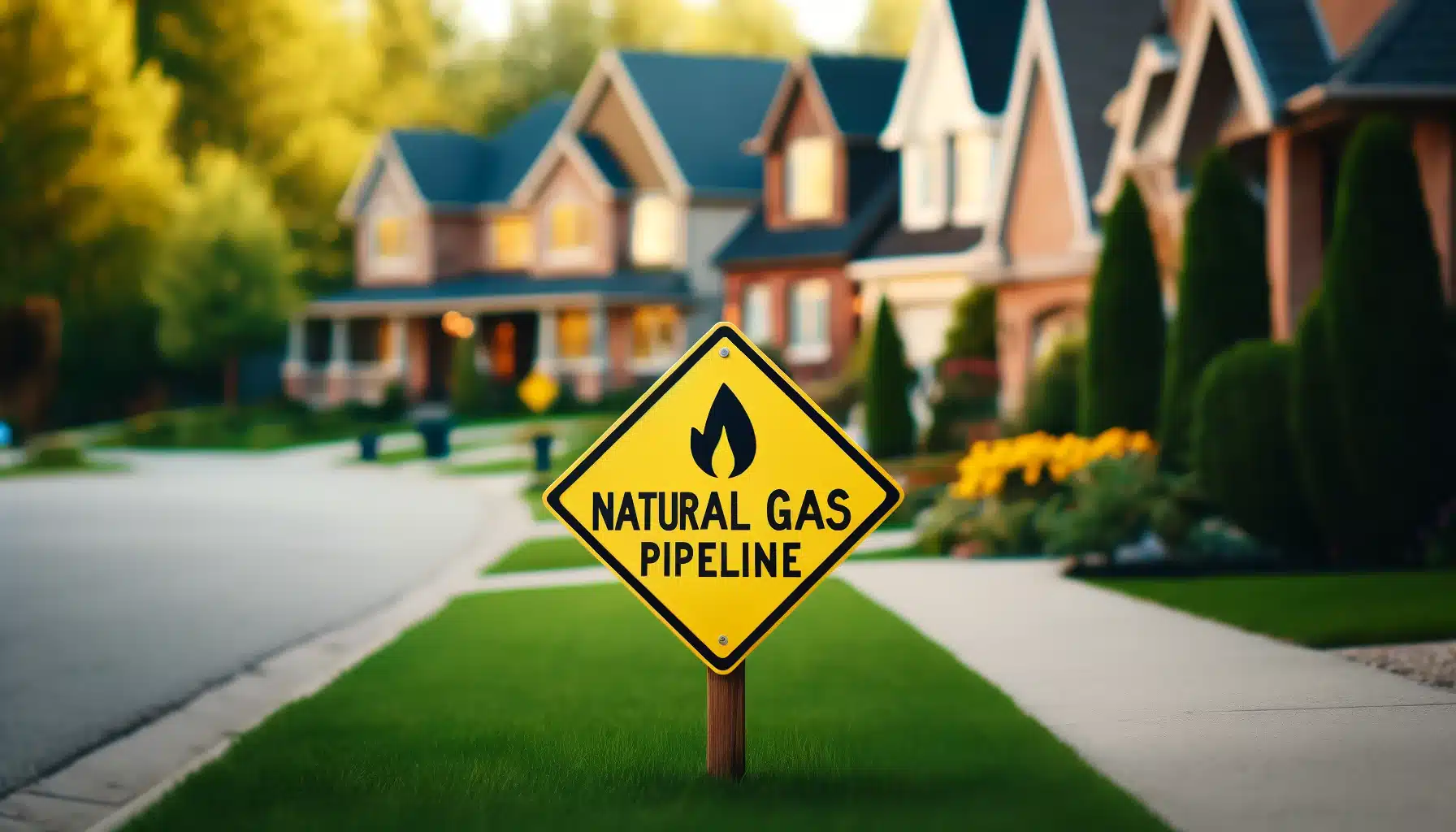In the world of midstream transportation, constant advancements and innovations are shaping the way products are moved from one point to another. From pipelines to railroads, the midstream sector plays a crucial role in ensuring efficient and reliable transportation of goods. As technology continues to evolve and environmental concerns become more prominent, it is essential to stay informed about the latest trends and developments in midstream transportation. Let's take a closer look at some of the key innovations and trends that are expected to shape the future of midstream transportation.
1. Automation and Digitalization
Increased Use of Automation
- Automation technologies, such as drones and autonomous vehicles, are being increasingly utilized in midstream transportation to enhance efficiency and reliability.
- Automated systems can help reduce human error, improve safety, and optimize processes in areas such as monitoring, maintenance, and inspection.
- Real-time data collection and analysis through sensors and IoT devices enable better decision-making and predictive maintenance.
Digitalization of Infrastructure
- Integration of digital technologies, such as artificial intelligence and blockchain, is transforming traditional midstream infrastructure into smart, interconnected systems.
- Digital platforms enable real-time monitoring of assets, predictive analytics, and seamless communication between different components of the transportation network.
- Blockchain technology improves transparency, security, and efficiency in transactions and data management within the midstream sector.
2. Sustainability and Environmental Concerns
Shift Towards Renewable Energy
- Increasing focus on sustainability has led to a growing demand for renewable energy sources, such as biofuels and hydrogen, in midstream transportation.
- Integration of renewable energy technologies can help reduce carbon emissions, mitigate climate change, and promote environmental stewardship.
- Investments in renewable energy infrastructure, such as solar-powered facilities and electric vehicles, are contributing to a greener and more sustainable midstream sector.
Environmental Regulations and Compliance
- Stricter environmental regulations and emissions standards are driving midstream companies to adopt cleaner technologies and practices to ensure compliance.
- Implementation of emission control systems, leak detection technologies, and pollution prevention measures are becoming essential for minimizing environmental impacts.
- Collaboration with regulatory agencies and stakeholders is key to developing sustainable solutions and meeting regulatory requirements in the midstream transportation industry.
3. Infrastructure Modernization and Expansion
Upgrading Aging Infrastructure
- Many midstream transportation systems are aging and in need of upgrades to meet current demands and future growth projections.
- Investments in pipeline integrity management, storage facilities, and transportation networks are essential for ensuring the reliability and safety of midstream operations.
- Modernization efforts involve the use of advanced materials, monitoring technologies, and construction techniques to enhance the lifespan and efficiency of infrastructure components.
Expansion of Midstream Networks
- As global trade and energy markets evolve, there is a growing need to expand midstream transportation networks to connect new production areas with distribution centers and end users.
- Expansion projects include the construction of new pipelines, terminals, and intermodal facilities to facilitate the transportation of a wide range of products, from petroleum products to chemicals and natural gas.
- Investments in infrastructure expansion support economic growth, job creation, and energy security by enabling the efficient movement of goods across regions and borders.
4. Resilience and Risk Management
Enhancing Resilience Against Disruptions
- Midstream transportation systems face various risks, such as natural disasters, cyber threats, and geopolitical uncertainties, which can disrupt operations and supply chains.
- Implementing resilience strategies, such as redundancy measures, emergency response plans, and business continuity protocols, is crucial for mitigating risks and ensuring operational continuity.
- Technologies, such as real-time monitoring systems and predictive analytics, can help identify vulnerabilities and proactively address potential disruptions in the midstream sector.
Cybersecurity and Data Protection
- With the increasing digitization of midstream operations, cybersecurity threats pose a significant risk to the confidentiality, integrity, and availability of critical infrastructure systems and data.
- Implementing robust cybersecurity measures, such as encryption, authentication, and intrusion detection, is essential for safeguarding against cyber attacks and data breaches in the midstream transportation sector.
- Educating employees on cybersecurity best practices and establishing partnerships with cybersecurity experts can help enhance the overall resilience and security posture of midstream companies.
In conclusion, the future of midstream transportation is evolving rapidly, driven by technological advancements, sustainability initiatives, infrastructure investments, and risk management efforts. By staying informed about the latest innovations and trends in the industry, midstream companies can adapt to changing market dynamics, enhance operational efficiency, and ensure the reliable transportation of goods in an increasingly interconnected world.
